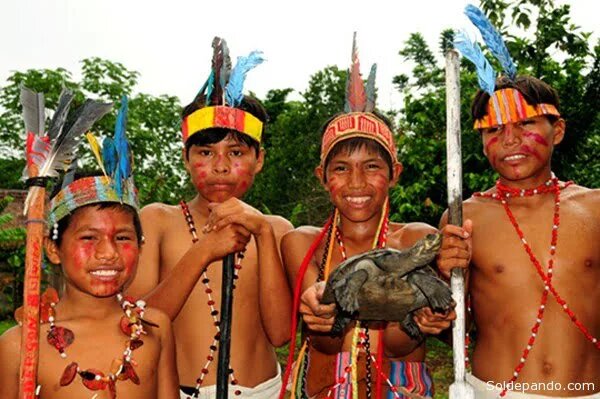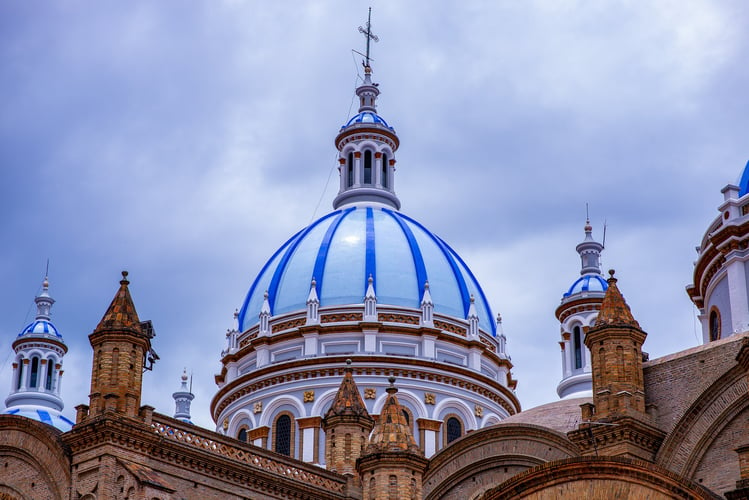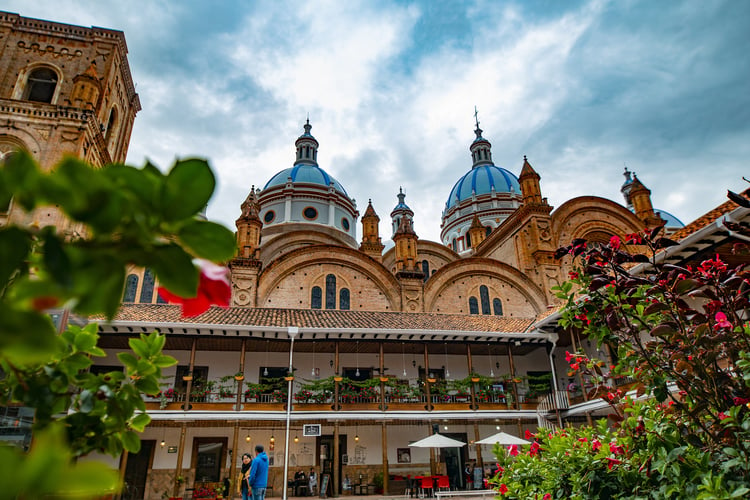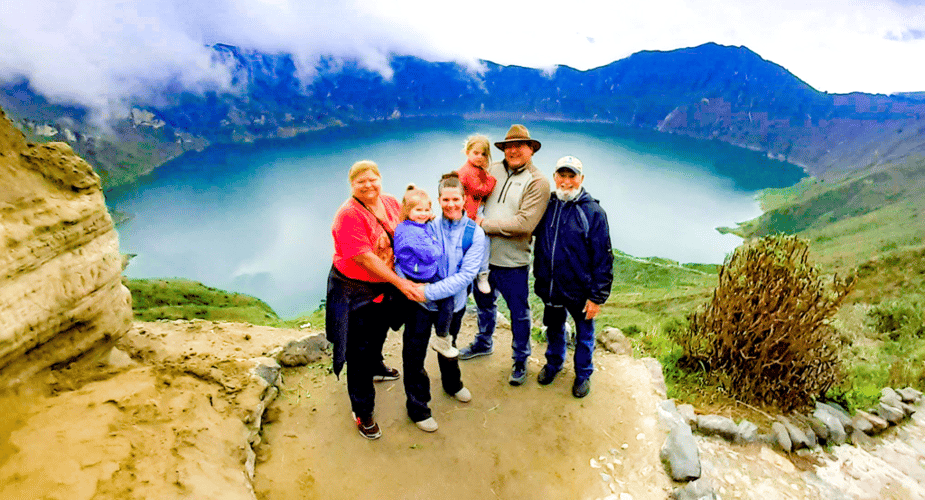The 9 UNESCO Heritage Sites of Ecuador
Welcome to this post, in this article we bring you interesting information about the 9 UNESCO Heritage Sites of Ecuador, this beautiful country located in South America. The country of the Middle of the World.
Below are the parameters, by which UNESCO designates a place as a World Heritage Site.
Cultural Heritage
- The heritage must be a precedent of the creative capacity of the human being.
- Show the human and cultural values of a certain period of history, whether in terms of architecture, monuments, urban or landscape.
- Give testimony of a cultural tradition of some civilization existing or already disappeared.
- Exemplify a type of architecture or construction typical of a historical stage of humanity.
- Be an example of the habitat or settlement of humans and represent a past culture.
- That it is associated with some living tradition, that it represents some belief or that it is a work with a unique universal meaning.
The following aspects could also be considered important: authenticity and uniformity in terms of design, materials or workmanship and, in the same way, the state of conservation will be taken into account in comparison with similar patrimonies alluding to time and place.
Natural Heritage
- That it be a representative example of some period in history and include records of the development process that occurred, as well as the natural elements that make it up.
- Natural phenomena that are extraordinary and of singular natural beauty.
- The natural habitats necessary for its conservation, thus protecting its biological diversity and, especially, the species in danger of extinction.
In the same way, important and to be considered will be the state of the site, the conservation plans and the integrity of the natural heritage aspiring to Heritage.
Taking these aspects into account, we are going to take a look at the 9 world heritage sites that Ecuador has.
Related Posts:
7 interesting facts about INTI RAYMI

Let’s take a look at Ecuador’s 9 Heritages – cultural, natural, intangible.
The 9 UNESCO Heritage Sites of Ecuador
- San Francisco de Quito city (1978)
- Historical Center of Santa Ana de los cuatro rios de Cuenca (1999)
- Qhapac Ñan – Andean Road System (2014)
- Galapagos Islands (1978 / 2001)
- Sangay National Park (1983)
- Oral heritage and cultural manifestations of the Zápara people (2008)
- Traditional elaboration of the Ecuadorian toquilla straw hat (2012)
- Marimba music and traditional songs and dances from the Colombian region of the South Pacific and the Ecuadorian province of Esmeraldas (2015)
- Ecuadorian Pasillo (2021)
1. San Francisco de Quito (1978)
Founded in 16th century on the ruins of an ancient Inca settlement and located at 2,850 meters above sea level (around 10.000 ft). The capital of Ecuador has the best preserved and least altered historic center in all of Latin America, despite the earthquake that shook it in 1917.
The monasteries of San Francisco and Santo Domingo, as well as the church of La Compañía de Jesús, are an example of the art of the baroque school of Quito. They are sumptuously ornate inside, where aesthetic influences merge; Spanish, Italian, Arabic, Flemish and indigenous.
2. Historic Center of Santa Ana de los cuatro ríos de Cuenca (1999)
Santa Ana de los cuatro ríos de Cuenca (the 4 rivers are: Tomebamba, Yanuncay, Machángara, Tarqui) is settled in a valley of the Andes mountain range, in southern Ecuador.
This “inland” colonial city –which is now the third largest in the country– was founded in 1557. The urban layout of the city continues to conform to the orthogonal plan established 400 years ago.
3. Qhapaq Ñan. Andean Road System (2014)
It is a vast road network of some 30,000 kilometers built over several centuries by the Incas –partially taking advantage of pre-Inca infrastructures already in existence– with a view to facilitating communications, transport and trade, and also for defensive purposes. .
This extraordinary system of paths extends through one of the most contrasting geographical areas in the world. From the snowy peaks of the Andes that rise to more than 6,000 meters of altitude to the Pacific coast, passing through humid tropical forests, fertile valleys and absolutely arid deserts.
4. Galapagos Islands (1978 / 2001)
Located in the Pacific, about a thousand kilometers from the South American sub-continent. These nineteen islands of volcanic origin and their surrounding marine reserve, in other words, are a living museum and laboratory of evolution, unique in the world.
The Galapagos are located at the confluence of three ocean currents and concentrate a great variety of marine species. Certainly this is due to its seismic and volcanic activity, which illustrates the processes of its geological formation.
In other words, these processes, added to the extreme isolation of the archipelago, have led to the development of a unique fauna with species such as: the land iguana, the giant tortoise and numerous species of finches. Certainly this inspired Darwin to carry out the study of the theory of evolution by natural selection, after his trip to these islands in 1835.
5. Sangay National Park (1983)
This park of extraordinary natural beauty has two active volcanoes and has the full vertical range of ecosystems, from tropical rain forests to glaciers.
Its landscapes offer surprising contrasts, for example snowy peaks and plain jungles. As a result, its isolation facilitates the protection of endangered species that inhabit it, such as the mountain tapir and the Andean condor.
6. Oral heritage and cultural manifestations of the Zápara people (2008)
The Zápara people live in a region of the Amazon rainforest located between Peru and Ecuador. Based in one of the world’s richest regions in biodiversity. The Záparas are the last representatives of an ethno-linguistic group that included many other populations before the Spanish conquest.

7. Traditional elaboration of the Ecuadorian toquilla straw hat (2012)
The toquilla straw hat is woven with the fibers of a peculiar palm tree that grows on the coasts of Ecuador. The farmers of the coast first cultivate the toquillals, secondly they collect the stems in order to later separate the fiber from the green bark, later they boil the latter to eliminate the chlorophyll and then dry it with charcoal and sulfur so that it whitens.
With this raw material, the weavers begin the weaving of the crown and brim of the hat. In summary, the weaving of a hat can last from one day to eight months, depending on its quality and fineness.
8. Marimba music and traditional songs and dances from the Colombian region of the South Pacific and the Ecuadorian province of Esmeraldas (2015)
Marimba music and traditional songs and dances are musical expressions that form an integral part of the social fabric – family and community – of the population of African descent settled in the Colombian region of the South Pacific, as well as in the Ecuadorian province of Esmeraldas.
The men and women of this community sing stories and poems, accompanying their interpretations with rhythmic movements of the body, in various ritual, religious or festive events to celebrate life, worship the saints or say goodbye to the deceased. Marimba music is played on a palm wood xylophone, fitted with bamboo resonator tubes, and is accompanied by the sounds of drums and maracas.
Would you like to hear music played with “Marimba”? here we leave you a link to a Spotify playlist:
9. Pasillo Ecuadorian musical style.
The «Pasillo» was born in Gran Colombia as a result of a fusion between various indigenous rhythms such as the yaraví and European rhythms such as the vals and the Spanish bolero.
Places like La Ronda are remembered as the meeting point for musicians and poets during the colonial and republican times, who wrote many of the songs that today are the corridors that have allowed this worldwide recognition. Artists such as Duo Benítez & Valencia, Potolo Valencia and Carlota Jaramillo allowed, with the arrival of radio stations, the genre to spread throughout Latin America.
In the Capital of the Center of the World, you can visit places such as the Museo del Pasillo, which opened its doors in 2018 to enhance the history of this genre and facilitate the exchange of knowledge with the new generations, with the aim that children and young people can know, feel and appropriate this music that is part of the independence history of the country.
Another emblematic place is the Carlota Jaramillo House Museum, located in the parish of Calacalí and inaugurated in 2004 as a tribute to the renowned «queen of the corridor». This place seeks to transport visitors to the era of romanticism, where string music fed the soul of the people, on a journey through the musical career of the remembered artist through records, photographs, paintings, costumes and other invaluable objects that They are part of a permanent exhibition.
Julio Jaramillo “El ruiseñor de América”, considered as the greatest ambassador and high exponent of the Pasillo musical genre.
Would you like to listen to this Ecuadorian musical style? Here is a playlist:



